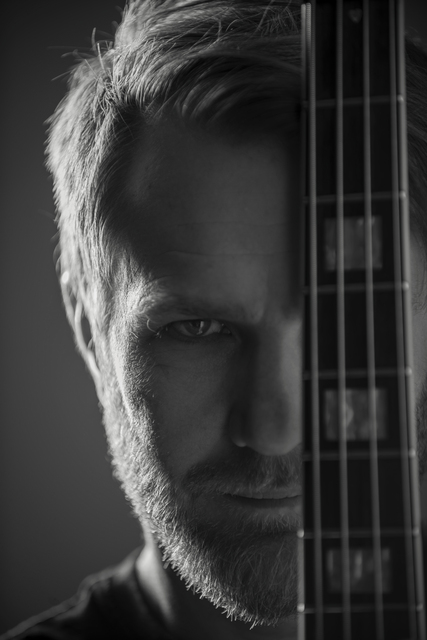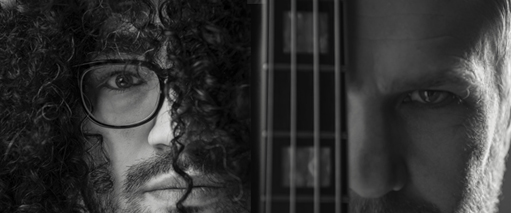Culture Shock: What The Camera Reveals
Photographer Wes Naman Explores New Mexico's Identity Through Portraiture


Dandee Fleming
Wes Naman

Wes Naman








